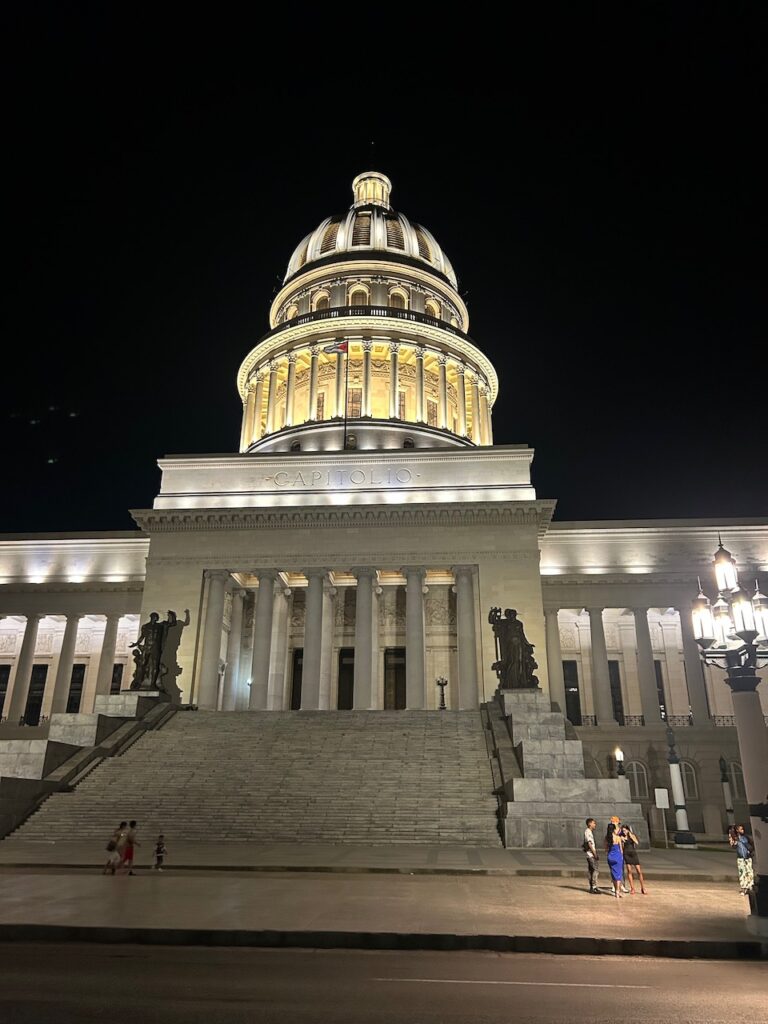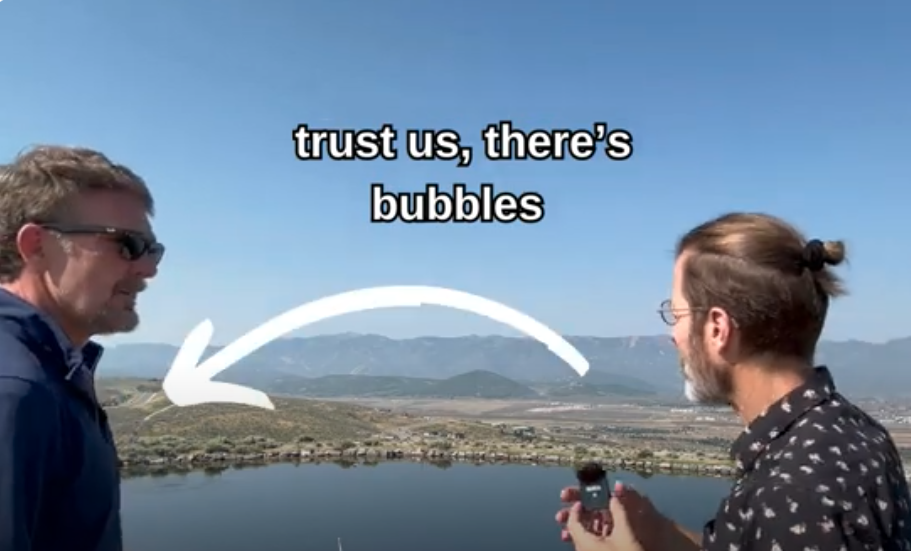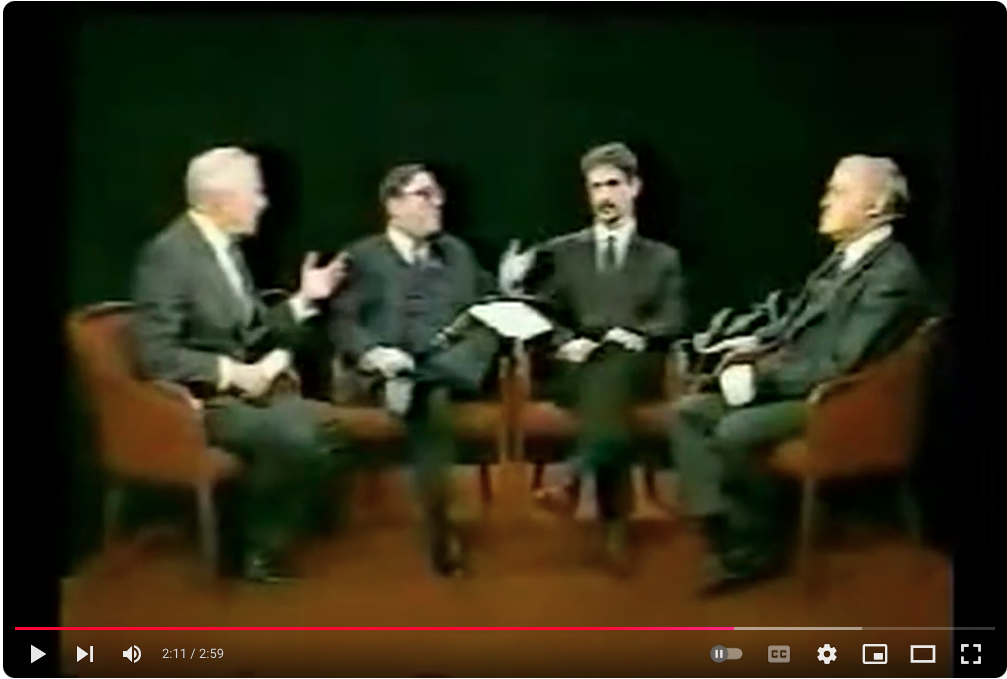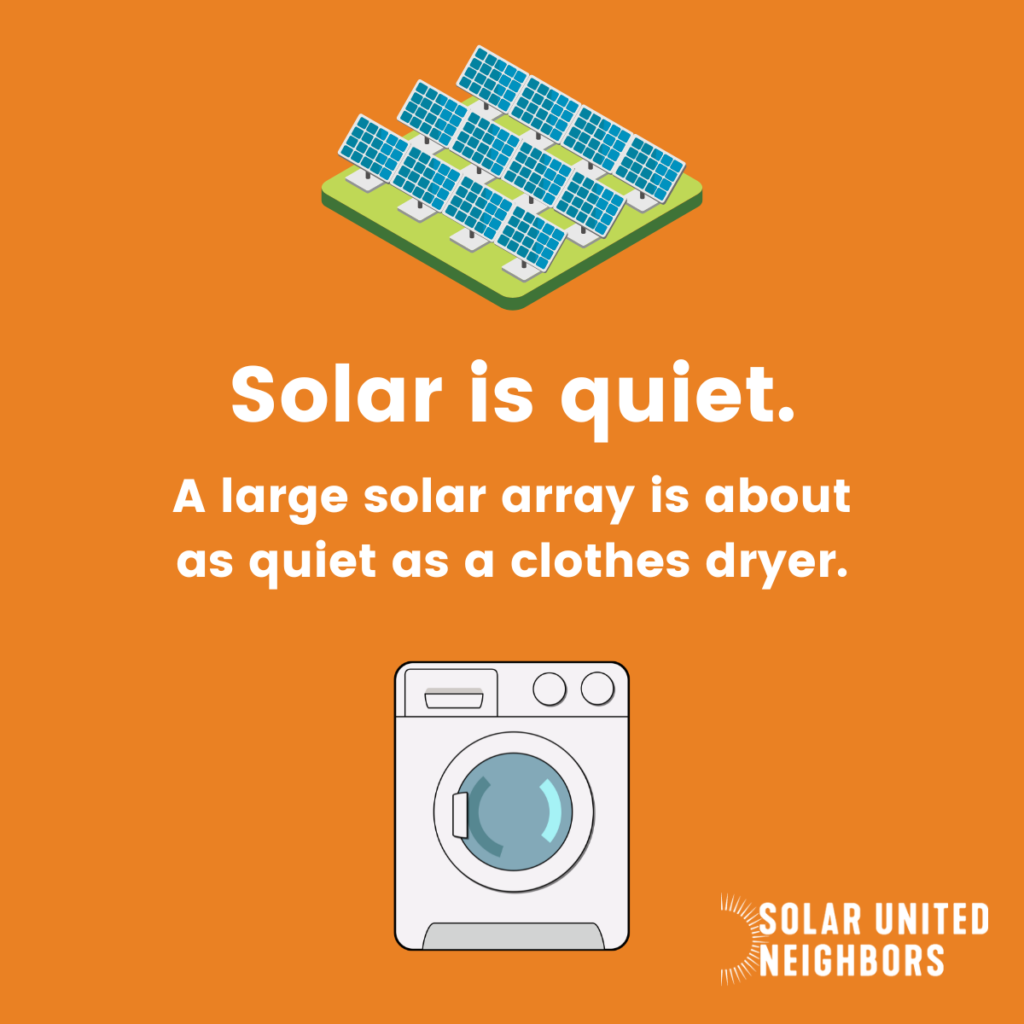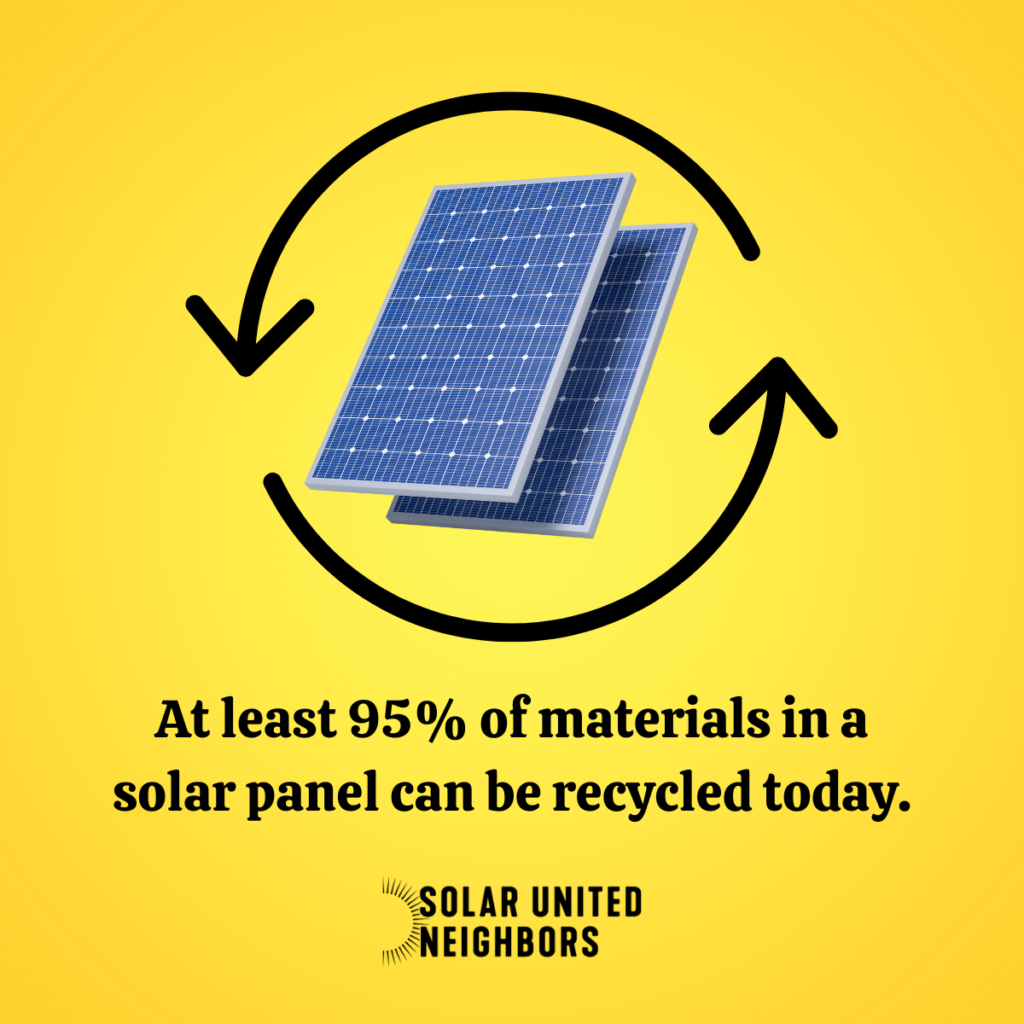How the Tortoise Can Win the Race
This old fable may not be the best for our current predicament. After all, in that story, the hare lost because he was too cocky. Trump certainly failed in his first term because of his arrogance and narcissism. He also proved that their propaganda machine was strong enough to right the ship after he tipped it over.
But the difference, as we all know, is that he is surrounding himself with people who will not push back or stop him. If you listen to no other podcast that I share with you today, at least listen to this episode of On the Media. The section on the man-o-sphere is insightful, but what I really want you to hear starts at 28 minutes. Masha Gessen is a journalist with the New York Times who fled Russia as Putin became increasingly autocratic. They cover their rules for surviving autocracy.
Be assured that, just as with Viktor Orbán in Hungary, the right will try to change the rules very quickly at the federal level which, even if Democrats take back marginal control, they won’t be able to change back to what we thought of as “normal.” This is final phase toward autocracy is called “autocratic breakthrough.”
So, my friends, we are up against a rabbit that may have learned its lesson from the last race. But, that does not mean that we can’t leverage the pain that his policies will obviously cause –and to the very people who voted for him in this election.
But, it requires that we move quickly and get in place. If we do not, we will see that autocratic breakthrough.
I’m hoping these series of questions can guide us to make certain they can’t recover in the very likely case that Trump’s hand-picked Q-anon staff fall all over themselves trying force their ideological tenants to a real world that will resist.
I’m confident that you will think of questions that I have not.
1. Why did 11 million stay home?
I mentioned this one previously, but I think this is truly our first goal. Everything we choose to do flows from what we learn.
I know some folks are already gearing up to find out. Stay tuned. I’ll report on what I hear.
2. Can we protect and teach without finger wagging?
We have an important job right now. In addition to protecting those who will be most hurt by Trump’s policies, we must become patient teachers. We must observe, record and show the general public (without finger wagging or condescending) how these policies are hurting them as well.
One of the biggest reasons MAGA people ran to him is because they didn’t want to be told how wrong they were. Is that our problem? It shouldn’t be. But it is. We need to be the ones now to help them see their way out of the cult. In fact, in the interview I mentioned above, they made the great point that the phrase “voting against their own interests” is deeply condescending and ignores that people have become so fed up with government not delivering on promises that voters are willing to risk an autocrat in order to shake it up.
Becoming patient teachers does not mean that we should retreating to the cheap seats to watch it all unfold, or accept when people are being particularly terrible. It means active and strategic watching and preparing the disasters that are coming, and being ready to show a better way.
And I want to say this again, because I am just as guilty of this as are most liberals: we have to resist the tendency to scold and talk at people. Now is the time to be patient in the face of ignorance and be persistent in building the trust with those whom we think we can save.
I’ve been disappointed for years in my inability to patiently, dispassionately talk to people on the other side to make the case that they’ve been mislead about so many things, especially the environment and clean energy; especially in my own family. I’m even terrible at simply building trust with the other side so that their defenses don’t go up.
I’d recommend listening to a recent This American Life podcast called “A small thing that gives me a tiny shred of hope” in which one couple that was deeply divided by our media environment was successful in finding some common ground through a news source called Tangle. I’m just getting to know the site myself. But at least this podcast makes the case that this news site has broken through in some ways.
This is not capitulation on the injustices that MAGA world advocates. For sure! But we’ve been missing so many opportunities for human connection and conversation.
I do know one thing, though. We can’t reach people through debates on social media. It requires direct and meaningful connection built on trust.
So, I’m not the one to drive that train. I studied conflict resolution in grad school, but never really applied it after returning from Sarajevo.
But so many great people are doing amazing work on breaking through with trust-building conversations. We should learn from them and elevate them.
Who will be our best teachers? Let’s find them now.
3. Can we exploit Trump’s incompetence?
Yes, project 2025 is scary. But I refuse to believe that they will be able to implement it as easily as they think they will. You can’t turn an aircraft carrier on a dime and you can’t dismantle the US government completely before the 2026 midterms.
So, what does “exploit” mean? Based on how we’ve seen MAGA dominate social media “education” and story telling, we need to double, triple, quadruple down on that arena. We need to have just as many influencers that we support. The difference is that where Trump corralled them with fear and lies, we will need to teach while we tell stories.
If we are not taking the time to help people understand how government is designed to work, and how it has worked in the past -and how reasonable reforms can help us all in the future- then we are not repairing the damage. We are just replacing one set of propaganda with another.
Educated people will see his incompetence. They don’t need to be told, “I told you so.” They need to see that there is a better option for almost anything that Trump has told us that he planning.
I mean, don’t get me wrong. The MAGA machine knows that there will be failures and they are already finding ways to convince those young men that it was Joe Biden, rather than Project 2025 that took away their access to Pornhub.
For a population that has lost faith in government, there is nobody left standing but us to empower people to get involved, reform the system and fight back.
Who will be the people on the ground and in social media who will be the first to reach folks when the shit hits the fan?
4. Can Democrats (and the left) regain trust with the working class.
We all know that Biden did more to bring back manufacturing (citation) in his four years than Trump could ever dream of. But after Clinton’s mis-steps and the right wing’s propaganda advantage, we have to catch up. It won’t take two years. It will take 10, assuming we can get back in to power and focus on protecting workers and unions. In the short term, that takes education. In the long term, that takes education.
While I believe that many union Trump voters will see evidence pretty quickly that he never cared about them, they won’t believe it. Can we be there in those moments to help them see that there are many better ways to protect workers and their families than tax cuts for billionaires and tariffs on “Chiiiiinnaaaaa.”
The answer to this question is grander than my little brain. But I do have faith that there are millions of union folks across the country that are just as disgusted as I am, and I know they can help us answer these questions.
What is our process for getting that conversation started? Perhaps we need listening sessions, which will hopefully begin a longer process of dialogue.
5. An army of 10,000 Petes.
What is the plural of Buttigieg? An army of Buttigiegs?
It doesn’t matter. Pete was doing what so many on the left stopped doing. They stopped going on Fox. But for good reason. The interviews were designed to make them look bad. They were talked over. The hosts changed the topics on them last minute in order to throw them off.
What is great about Pete is that he calls them out on their tactics, he does not speak down to people or finger wag, he knows his shit and he helps people understand.
Do you remember that, after Al Gore came out with An Inconvenient Truth, he went out and did training sessions all over the country to help people make the case for positive change on climate? He trained the front line and he “trained the trainers.”
The model works. Apply it to great persuaders. Be like Pete.
It is notable that Catherine Rampell and Youyou Zhou of the Washington Post showed before the election that voters overwhelmingly preferred Harris’s policies to Trump’s if they didn’t know which candidate proposed them. Here’s another article about that, if you don’t pay for the WP anymore.
6. Invest in deep canvassing.
I already said it, but we should dig in on this. Deep canvassing rests on the premise that you will have a greater chance of changing a voter’s mind if you take time to build trust and if you help them see you as human. It got its start during the most intense years of the same-sex marriage rights efforts. It is not a far stretch to see that, given the prominence of Project 2025, we will need this again for that particular issue.
But it can be applied to so many other topics. This should be a year-round, door to door, community to community effort.
When I learned how to market myself as a realtor, they taught us build our our “sphere of influence”, our “SOI” marketing. You touch base with people, even if you are not talking about selling a home that day, you educate them on one valuable thing every time you talk with them and you foster that relationship. You build trust. If you don’t, you won’t be able to have those important conversations later.
It runs contrary to what left-wing funders have been doing. That takes time.
And, just in case you think this idea is pretty out there, see this article from the New York Times from earlier this year which detailed how the right-wing turnout machine Turning Point USA used SOI marketing tactics to build relationships with millions of voters all over the country.
And, of course, we need to apply what we learned from polls and focus groups about why those 11 million did not show up in 2024.
7. Win back at least some men.
I’m not saying that we have to accept their bad behavior (I’m looking at you incels). But people are all the same. They need to feel needed. They need to feel that their lives have a purpose.
Something happened over the last 30 years to convince a whole lot of men that they weren’t needed.
My fellow libs, we are smart. We know that two things can be true at the same time. On one hand, women deserve everything they have fought for (and more) and men can be shitty. On the other hand, we need to help those men who have floundered to find meaning that is positive and constructive. We don’t need to give up ground on women’s inalienable rights in order to do that.
I’m not going to pretend to know how to do that. But we have a huge, robust therapy, social worker and human behavior industry that can guide us.
8. Build a new media reality.
One thing is clear. We must reject the current media landscape, both right and left. Eliminate what does not serve you.
In addition to the toxic media environment, the right wing was able to build a powerful and participatory media environment which told a compelling story to its viewer or listeners, while the left found itself defending a very flawed status quo.
We need to build up influencers, like the right has, but we need to get ahead of them for once. We need influencers who, like Pete, can reach build those relationships I spoke about above. Trump’s influencers, while successful, are capped at how many people they can pull over. What does it look like, what does it take, to start pulling people away from them?
Bryan Tyler Cohen, one of the left’s well-known influencers makes the point that the left should no longer seek the warm embrace of organizations like MSNBC as a refuge from the storm. Their corporate backers are not our friends. Plus, the right fully understood the power of niche marketing. Their information ecosphere is dependent on 30 different hosts representing 30 different niche markets, all sharing variations of the same toxic message.
Let’s do that with a non-toxic vision for the future.
The New Republic‘s today, Michael Tomasky made the case in this article (summarized here) that people supported Trump, not because of inflation or the economy, but by how they perceived those issues, and that makes a difference. The right media machine “fed their audiences a diet of slanted and distorted information that made it possible for Trump to win,” Tomasky said. Right-wing media is bigger than traditional media and it speaks with one voice. “…(T)hat voice says Democrats and liberals are treasonous elitists who hate you, and Republicans and conservatives love God and country and are your last line of defense against your son coming home from school your daughter.”
Perhaps I am a Pollyanna, but I do believe that the left can counter this with true, accurate information. But we need to change from a “big news” model to a niche marketing model.
9. Find the divisions in their coalition.
When I was in the legislature, the Republican leadership in the House and Senate were masters of dividing Democrats against themselves. We need to get better at this. Find the wedge issues. Voters don’t want big government in their lives, but they want protection for air quality, food safety and personal reproductive rights. Republican politicians in urban areas can be pressured to oppose many of the things that rural Republicans want.
Do the polling and focus groups around possible wedge issues. Run the legislation. Use a stronger ecosphere to make people see that the MAGA coalition is getting “regular people” nowhere.
10. Be clear about our new coalition.
I mentioned the Powell memo earlier. When he wrote that, he realized that their strongest coalition was made up of businesses and religious, mostly Christian, Americans.
The coalition that rose up to fight Trump’s fascism is made up of liberals as far left as Bernie Sanders and former Republicans, like those at the Bulwark, who see Trump’s party as a threat to their idea of what makes America great, to personal freedom and to the security given to us through the NATO alliance.
The Powell memo aligned interests that have been very stable overtime. The business leaders could appeal to the fears of Christians to get them in line with what the business leaders wanted. Over time, they tightened that relationship in to what we see now, with its fascistic tendencies, with their social hierarchies, corporate abidance to authoritarian policy in order to protect profits, and fear of the outsiders.
This brief episode of The Daily provides an interview with Reid J. Epstein, who covers politics for the New York Times. In it he mirrors the question that I raise here about what drives and binds each of the competing coalitions.
On the right, there is a general desire to see a specific set of outcomes. The left, however, is an ever-circling and subdividing coalition of smaller groups that must be re-assembled every two or four years in order to win elections. Further, says Epstein, the increasingly small groups within the left coalition have been empowered to demand more attention to their issues, to the point that the entire left coalition is defined by issues that affect a very small fraction of the coalition.
This is an explosive thought for some groups, as Bernie Sanders is finding out right now. How, for instance, can you protect the rights of trans people without allowing the entire coalition to be defined by it –to the detriment of our larger socioeconomic goals? However, we must address this if we are to become a unified and winning coalition.
To dig in further in on that explosive thought, and as a counterfactual example, what would have happened had the GOP of the 1980s centered the demands of the Christian theocrats, who now control the Republican party? Back then the Christian theocrats were a small sub-set of a larger conservative, religious coalition. I am certain that many in that coalition in the 1980s would have bristled at the ideas that are now bantered about by leaders in the GOP.
To illustrate the point, watch this 1986 debate in which Frank Zappa told those assembled that we are heading to a fascist theocracy, to many “tut-tuts” and “harrumphs” from the group from the group of “main stream” conservative.
Let’s be clear, I am in no way equating the fever dreams of the Christian theocrats with the very real needs of trans people, asylum seekers or any number of important groups that make up our coalition. This is a thought experiment about strategy and messaging discipline. Is there a way within our coalition to protect the rights of very, very marginalized people without giving the spinmeisters at the RNC something to scare people so badly that they forget who actually cares about the middle class and the poor?
As a larger question, what stable interests create the glue in our coalition? The other side had a 50-year plan and they stuck to it. What would it look like for us to do that? Is the glue economic? Is it about personal liberty? Is it about protecting people from the corrupting influence of wealthy billionaires. (The progressives of the 1890s were very unified around that one.)
The best way to recover is to build a coalition that has a broadly appealing message while protecting those most marginalized in the coalition with a plan that we all agree to, and stick with it.
11. Can we be the reformers we’ve always professed to be?
Many observers have noted that the reason about 11 million possible Democratic voters stayed home is because they feel the system is not working for them. The tax system is rigged. Congress is rigged. Government is helping more wealthy people than it is people like them. So, why even participate?
We can do all of the other things listed above, building an army of Petes, creating an information ecosphere, talk patiently to people until they leave a cult. But if all we have to offer is a government that feels fundamentally corrupt, what do we have?
Corruption works for the MAGA Republicans. They pay off billionaires with tax breaks, give cushy positions to well-connected society grubs and then use their media power to convince the public that the Democrats are the corrupt ones.
Here’s the thing, they are not completely wrong. Democrats have not stood up to put lobbyists in their place, as they could have, even though the lobbying industry hurts working families more than it does the rich. Democrats embraced dark money, out of necessity at first. But now you’ll have to pry their dark money out of their cold, dead hands. Too many Democrats, like the soon-to-be-gone Kyrsten Sinema worked harder to create safe congressional districts for themselves than to create a greater number of competitive districts.
No wonder nobody trusts them.
In all my years of advocacy and six years in public office, one thing has guided me: election reform. It does not matter which issues you care most about –climate change, human rights, immigration, etc.– we will not make any progress until we make a policymaking system that respects the will of people over monied or connected interests.
People say to me all the time, “Politics has always been corrupt.” Yes. Yes it has. But the question is how well the system creates transparency so you can catch corruption and how well you create a system that shows people that they can have faith in policy outcomes, even if they don’t get their way all the time.
It was sad to see how many efforts at ranked choice voting failed this year. Unfortunately, it is a system of voting that is best experienced, rather than explained. So, I have hope that we can build support for it starting from the local level, one city, one town and one voter at a time.
But there are so many other reforms out there which, if they actually seek to empower regular voters over the powerful, will bring people back to participation in our elections.
On to part 4, or back to part 2




